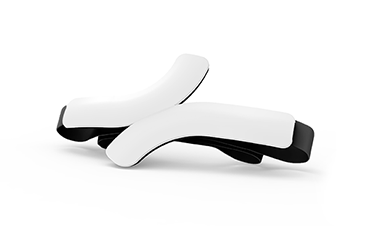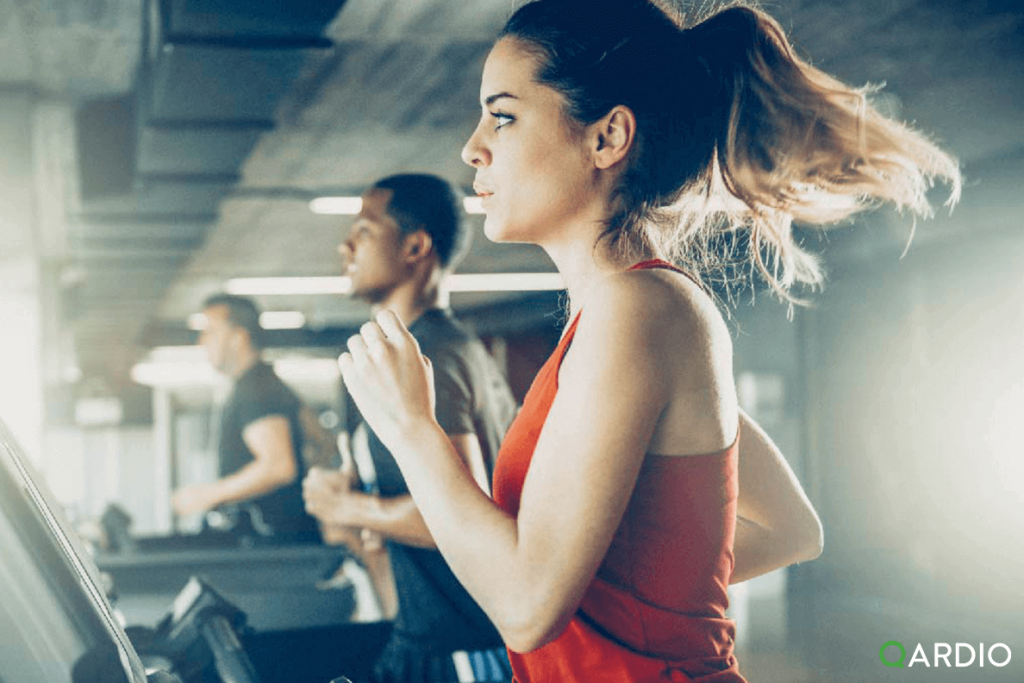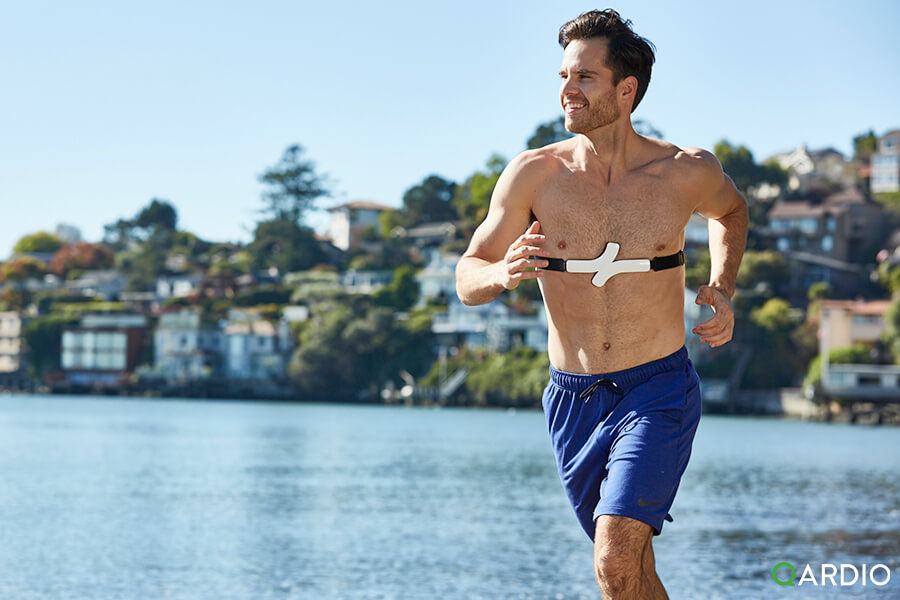Our bodies are full of tell-tale signs about our health and physical fitness. Yet, some of the most powerful markers of health are often little well known. Many of us are familiar with heart rate, and that a healthy heart beats at a rate of 60 to 100 times per minute. But perhaps you’ve never heard of heart rate variability? And what it means for your health, and your workout?
Take care of your heart
At Qardio, we believe that everyone should be empowered to take care of their own heart health. That’s why we are excited to share with you the power of heart rate variability, and why we think everyone should be measuring it.
What is heart rate variability?
Heart rate variability refers to changes in the time interval between each heartbeat. When we exercise, our heart responds to the increased demand on the body by speeding up heart rate, and increasing delivery of blood to the muscles. And when we stop exercising, our heart responds by slowing heart rate, bringing it back down to our normal resting heart rate.
What is a good heart rate variability?
One way to look at heart rate variability is to think about how a car works. When we want to drive faster we press down on the accelerator, and when we want to slow down, we take our foot off the accelerator and apply the breaks. Therefore, having good heart rate variability is like having a good accelerator and a good break pedal. If our heart rate was always constant, then our body would not be able to adapt to the task is in front of us.
As a rule of thumb the greater your heart rate variability, the greater your level of physical fitness. Whereas, poor heart rate variability has been linked to poorer heart health, and poorer health in general. Not only is heart rate variability a powerful indicator of physical fitness, but is also useful in planning upcoming workouts.
Optimize your workout
We’ve all had those days when our workout, just simply isn’t working. But probably you didn’t think to check your heart rate variability? Studies show that if there’s a drop in your heart rate variability, it may indicate you’re tired, have been over training, or may be coming down with a health problem. You can optimize your workout by tracking heart rate variability and identifying when you’re in good shape to train, and when it’s time to stop and take a rest day.Our heart’s beat an astonishing 100,000 times each and every day, therefore tracking heart rate variability is impossible without the help of technology.
Wearable ECG/EKG monitor
Fortunately, Qardio’s has a new product in the works: QardioCore. This innovative device contains a built-in EKG/ECG monitor which continuously measures heart activity. QardioCore sends real-time data on heart rate variability, as well as body temperature, breathing rate, and stress levels directly to the free Qardio App. From here you can learn about your heart rate variability, monitor your fitness progress over time, and pick the best day for your next workout!
Find out how QardioCore can power up your workout and improve your health here.
Post contributed by Victoria Allan, a data scientist with a huge passion for heart health. Victoria researches the latest evidence on heart disease prevention, and keeps her own heart in good health by being active everyday.
Source:
The Science and Application of Heart Rate Variability




